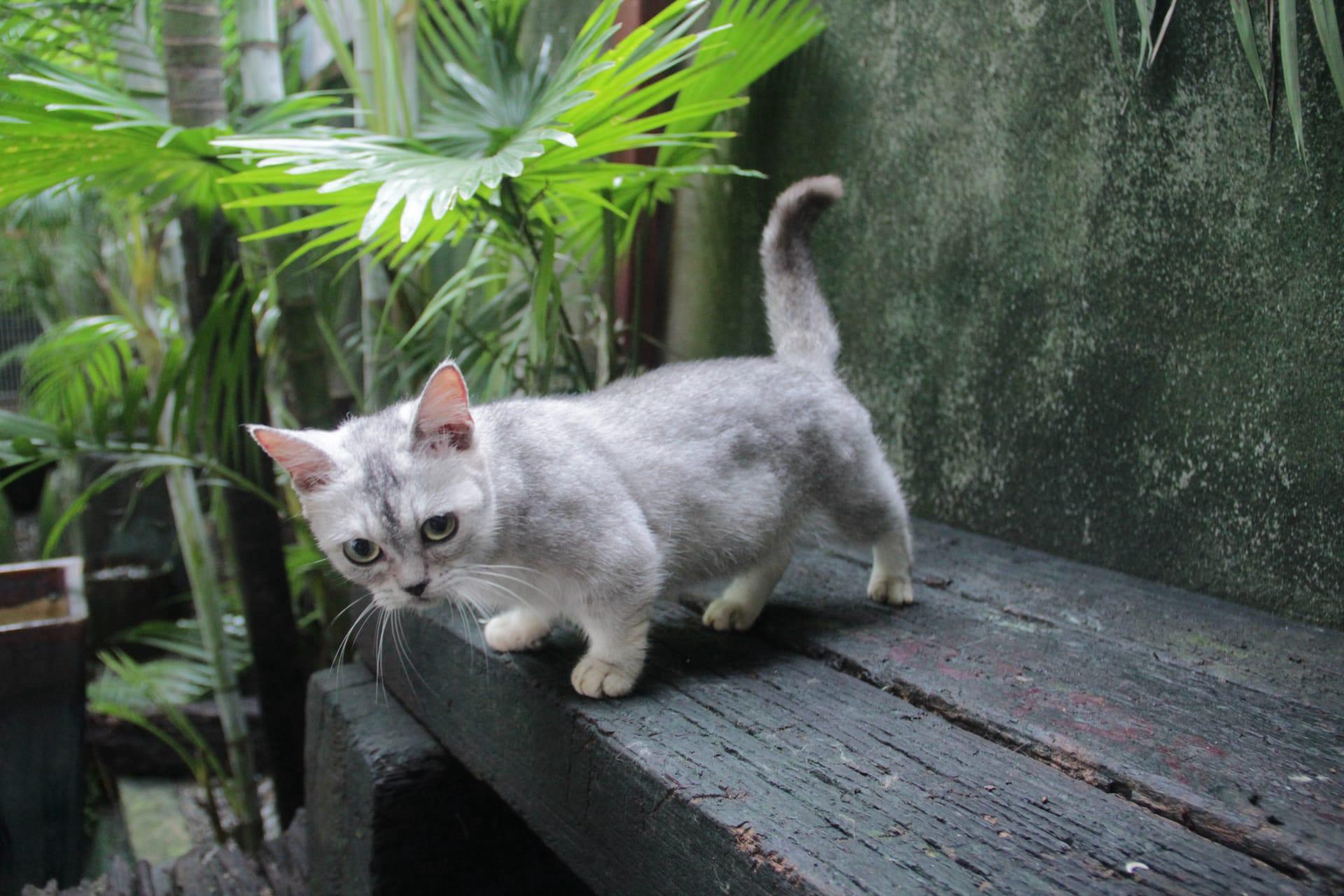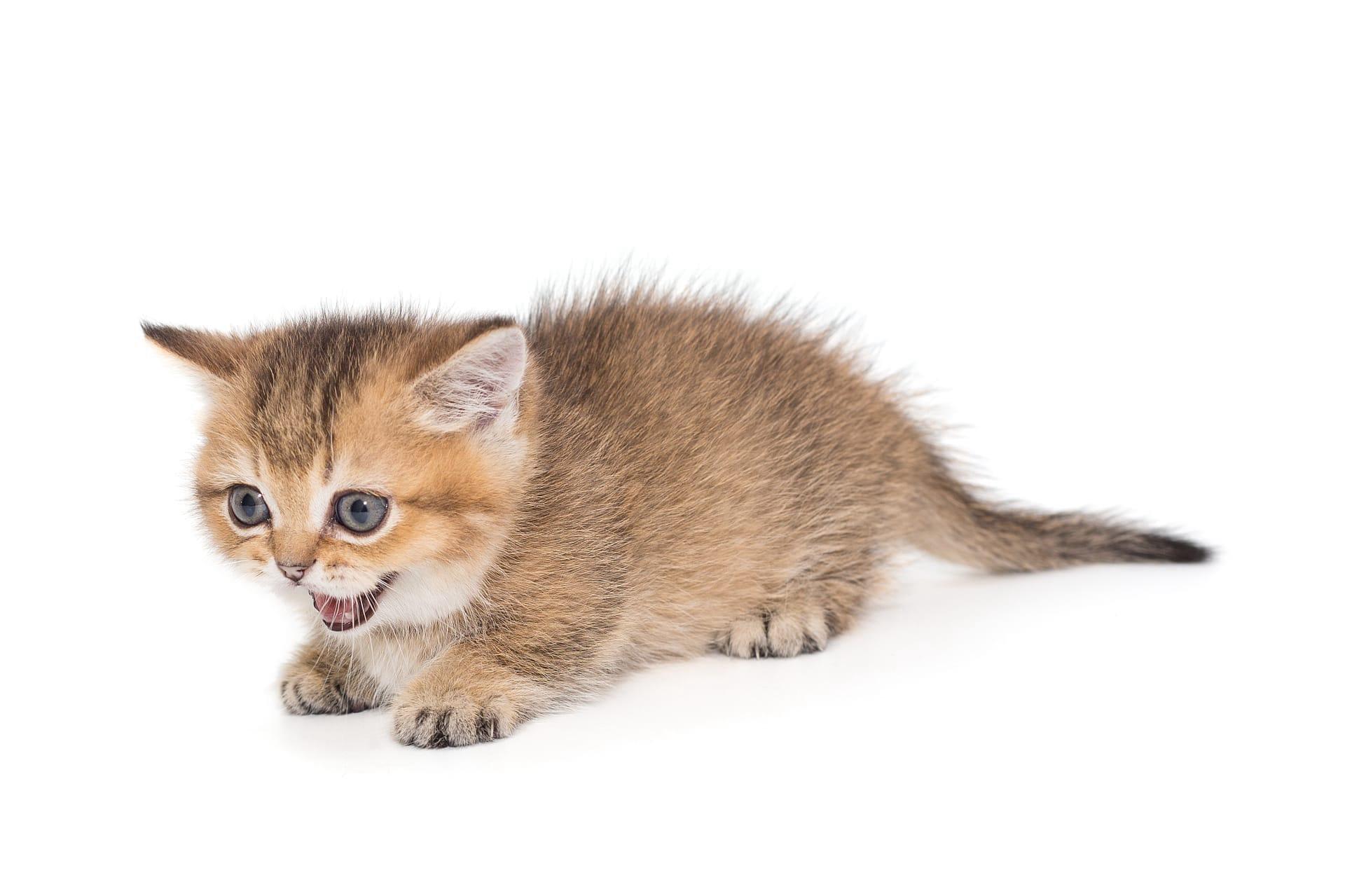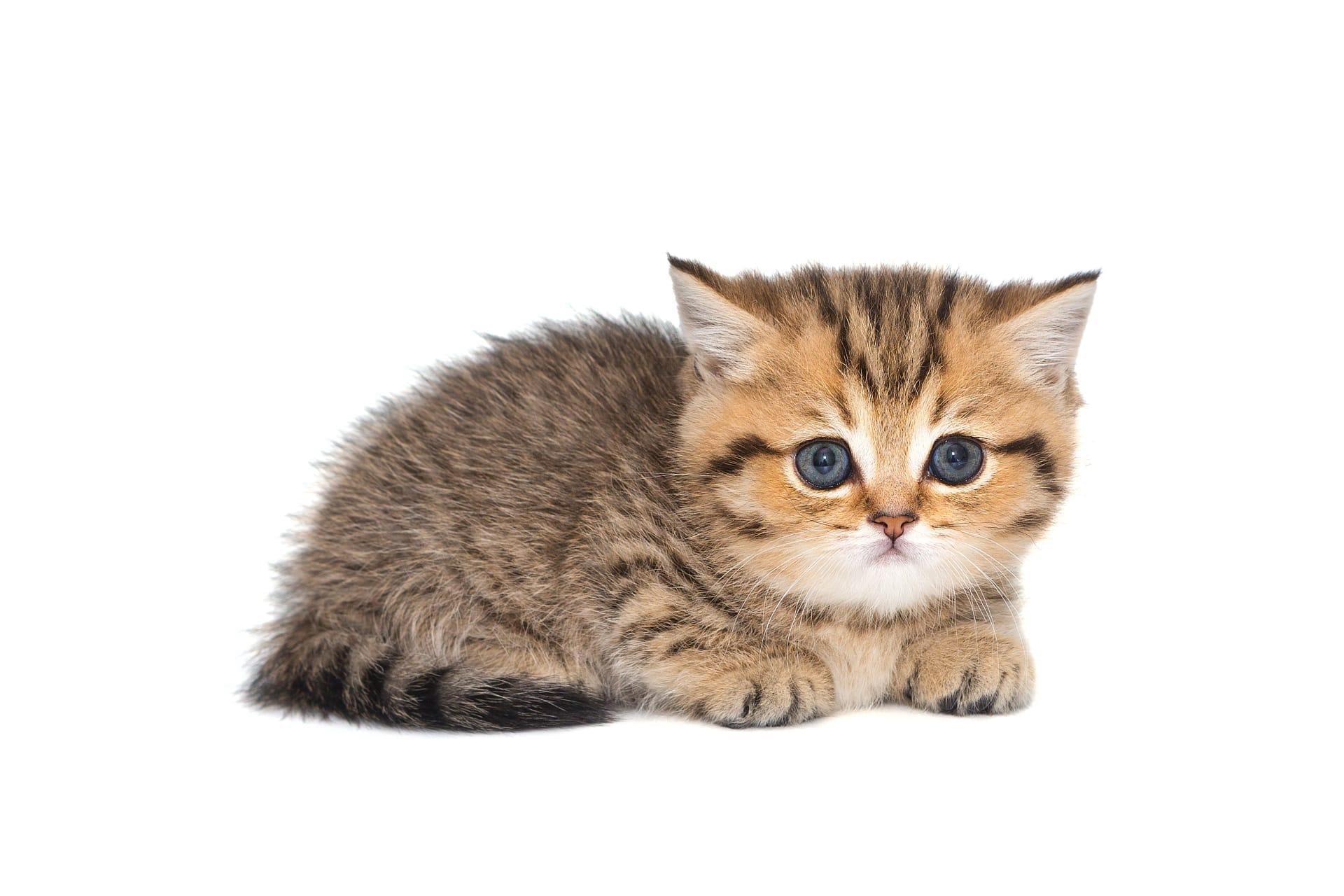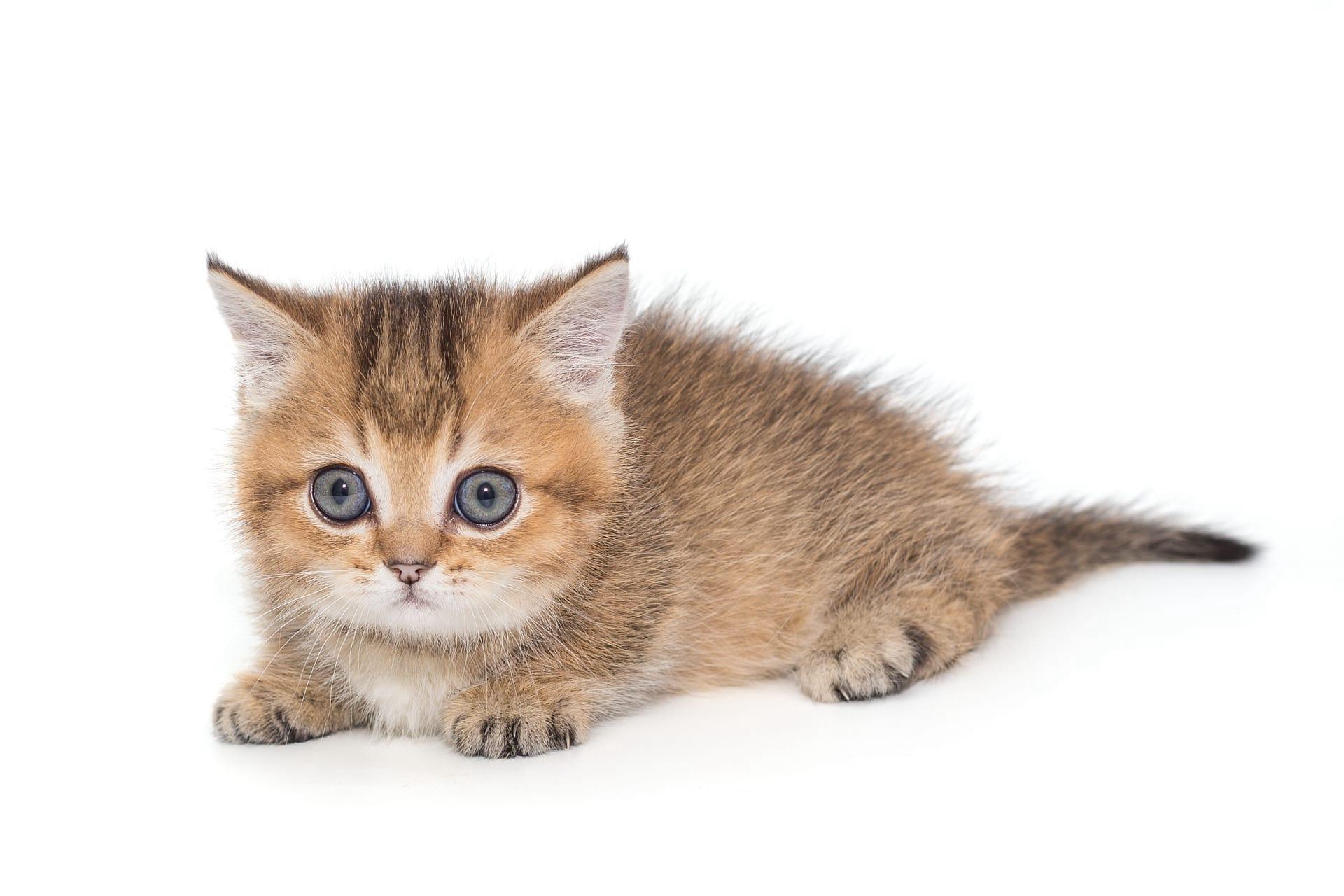Munchkin Cat Characteristics
- Home /
- Mini Encyclopedia /
- Animal /
- Munchkin Cat Characteristics
1
Munchkin cats are distinguished by their unique body structure, characterized by short legs resulting from a genetic mutation. Despite their small stature, Munchkin cats exhibit a standard body size in other respects, with adult cats typically weighing between 6 to 9 pounds. Their lifespan is comparable to other domestic cats, generally living anywhere from 12 to 15 years, provided they are cared for with proper nutrition and regular veterinary check-ups. This breed's short legs do not hinder their mobility or affect their health adversely, making them just as playful and active as their longer-legged counterparts.
The most remarkable organ of a Munchkin cat is its spine. Unlike many other animals where similar limb mutations might cause spinal issues, the spine of a Munchkin cat is usually unaffected by their genetic mutation. This resilience allows them to be as agile and active as other breeds. Their spinal structure supports their unique physique efficiently, enabling them to run, jump, and play without the spinal problems that might be expected given their unusual leg length. This aspect of their anatomy highlights the Munchkin cat's ability to lead a normal, active lifestyle despite their distinctive short legs.

2
Question: Do Munchkin cats require special care due to their short legs?
Answer: Munchkin cats do not require any special care solely because of their short legs. They are as healthy and agile as other domestic cats. However, like all cats, they benefit from regular exercise, a balanced diet, and routine veterinary check-ups to monitor for common feline health issues. It's important to provide them with a safe environment where they can play and explore without the risk of injury. Their unique body structure does not significantly limit their ability to engage in typical cat activities, but it's always wise to keep their living spaces free of unnecessary hazards.

3
Munchkin cats are known for their energetic and playful nature, which contrasts with their compact stature. Despite their shorter legs, they are quite capable of running at high speeds and engaging in playful antics. Their movements might appear slightly different compared to longer-legged cats, but this does not hinder their enthusiasm for play. They are adept at navigating their environment, using their powerful hind legs for propulsion, enabling them to jump onto furniture and other elevated surfaces, albeit not as high as their longer-legged counterparts.
When it comes to eating habits, Munchkin cats do not differ significantly from other breeds. They thrive on a diet that is high in protein and balanced according to feline nutritional needs. It's important to manage their food intake and ensure they get a mix of dry and wet food, alongside clean, fresh water. Portion control is crucial to prevent obesity, especially since their shorter stature might make excess weight more burdensome on their legs and joints. Regular feeding times, along with occasional treats, will keep a Munchkin cat healthy and satisfied.

4
Munchkin cats adapt well to indoor living environments. They are suited to life in apartments or houses, provided they have enough space to explore and play. An enriching environment with toys, scratching posts, and climbing opportunities can help keep them mentally and physically stimulated. Access to windows or safe outdoor enclosures also allows them to satisfy their curiosity and natural hunting instincts in a controlled manner. It’s important to ensure their living space is safe and secure to prevent falls or escapes, given their adventurous spirit.
Reproduction in Munchkin cats follows the same pattern as other domestic cats, but it’s essential to note that breeding these cats requires ethical considerations due to the genetic mutation for their short legs. The gene responsible for their short stature is autosomal dominant, which means that if one parent carries the gene, there's a chance the offspring will inherit the trait. However, breeding two Munchkin cats together can increase the risk of health issues related to the mutation. Responsible breeding practices involve health screenings and avoiding mating two short-legged Munchkins to ensure the well-being of the kittens.

5
Book: "The Complete Guide to Munchkin Cats" delves into the origins, care, and personality of the Munchkin cat breed. Authored by a renowned feline veterinarian in the United States in the early 2000s, this comprehensive book offers insights into the breed's unique physical attributes, health considerations, and tips for creating a stimulating environment for these playful felines. It also explores the genetic aspects of the breed, aiming to educate potential and current owners on responsible breeding and care practices to ensure the well-being of these distinctive cats.
Book: "Munchkin Cats: A Journey Through the World of Miniature Felines" is another essential read, published in the United Kingdom in the late 2010s. Written by a cat behaviorist, this book provides an in-depth look at the lifestyle, dietary needs, and social behaviors of Munchkin cats.